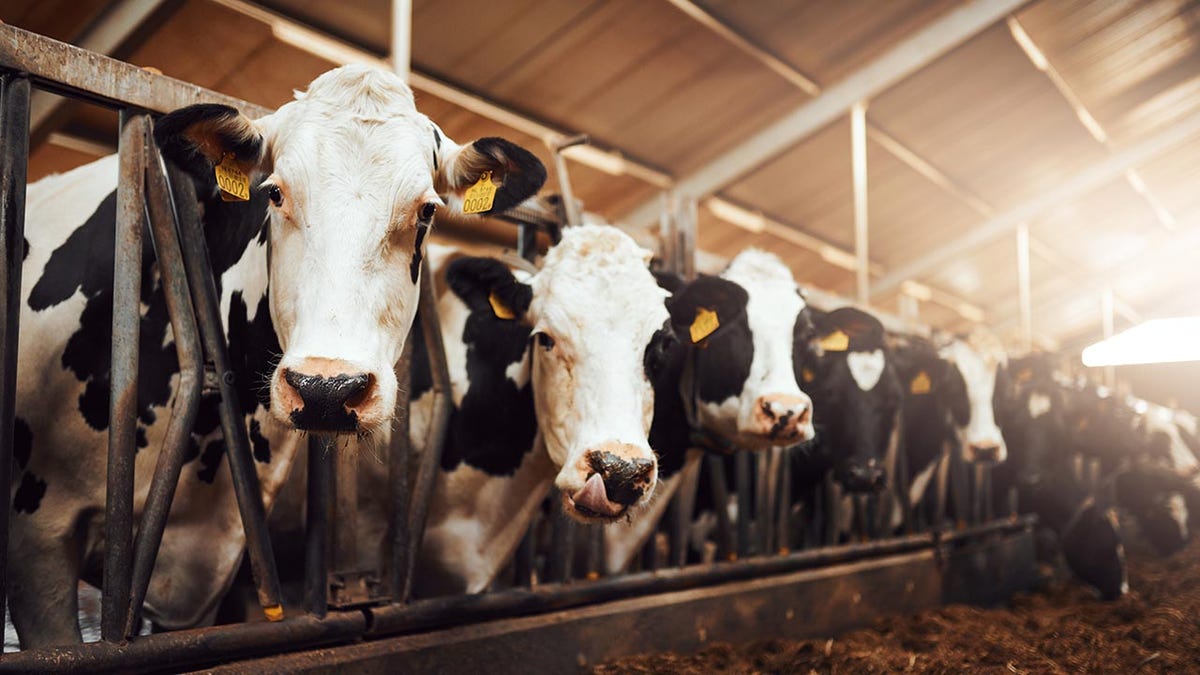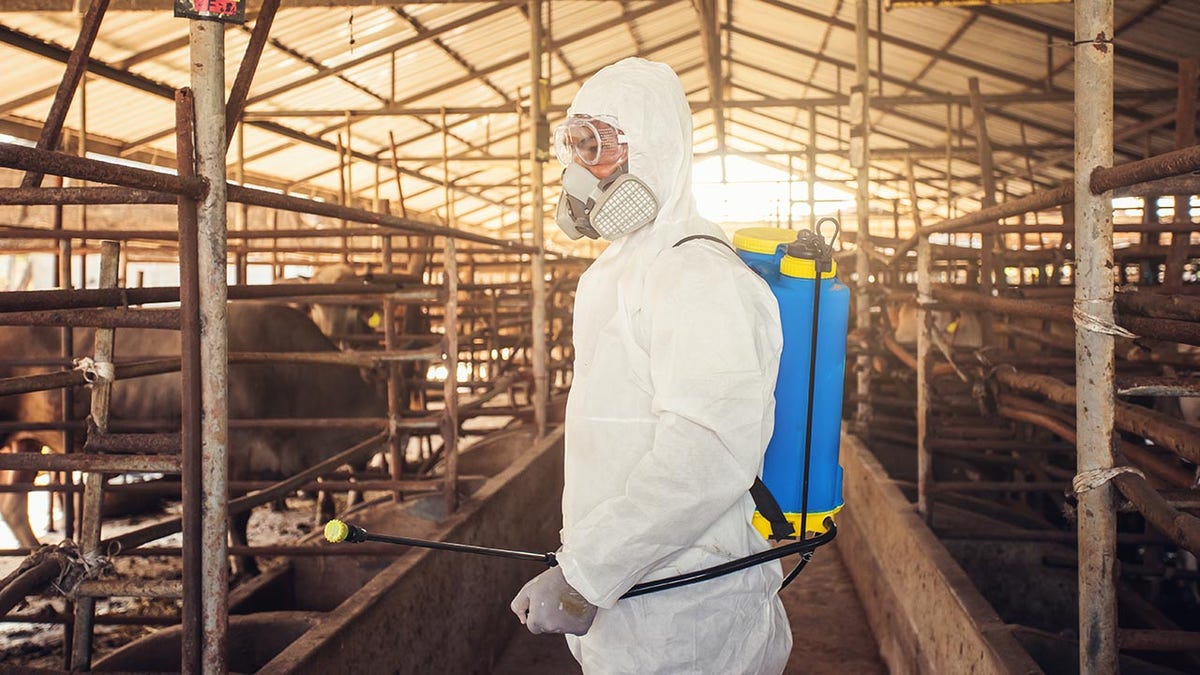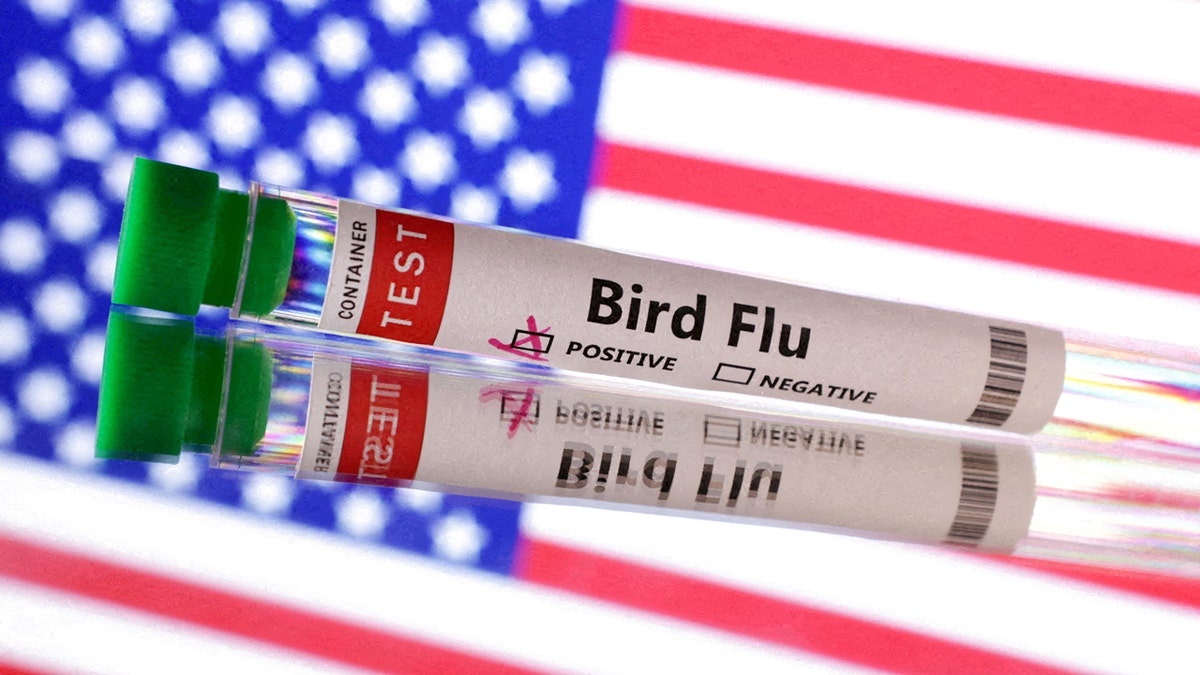A dairy worker in Churchill County, Nevada, has contracted a novel strain of bird flu, marking the first documented case of cow-to-human transmission. The strain, identified as D1.1, has previously been found in humans exposed to infected poultry, but this incident represents a new pathway of infection.
Fortunately, the worker experienced only mild symptoms, primarily eye redness and irritation, and has since recovered without hospitalization. The Central Nevada Health District (CNHD) has confirmed that there is no evidence of human-to-human transmission.
While the CDC maintains that the overall risk of bird flu to the public remains low, individuals with frequent, close contact with livestock and poultry face elevated risk. These individuals are urged to implement appropriate protective measures, including wearing personal protective equipment.

This D1.1 strain differs from the variant circulating in animal populations since last year. Dr. Jacob Glanville, CEO of Centivax, highlighted the rapid progression from cattle infection to human spillover, emphasizing the potential for a future H5N1 pandemic if human-to-human transmission develops.

Dr. Glanville pointed out that the D1.1 strain's presence in cattle indicates mammalian adaptation. While human-to-human transmission has not yet been observed, the swiftness of the cow-to-human jump raises concerns.
Sam Scarpino, a professor at Northeastern University, echoed these concerns, noting the worsening H5N1 situation in the U.S. and the emergence of at least two distinct strains infecting both animals and humans. He expressed optimism about the appointment of Dr. Gerald Parker to oversee pandemic preparedness, viewing it as a sign of the federal government's commitment to addressing the H5N1 threat.

Controlling this outbreak is crucial, both to mitigate escalating agricultural costs and to minimize the ongoing risk of human infection.
Comments(0)
Top Comments